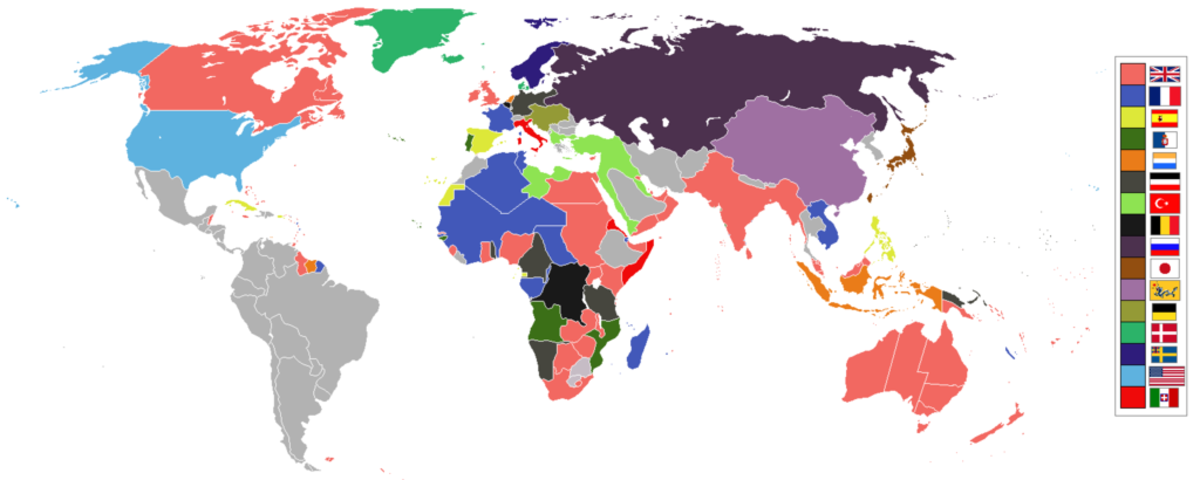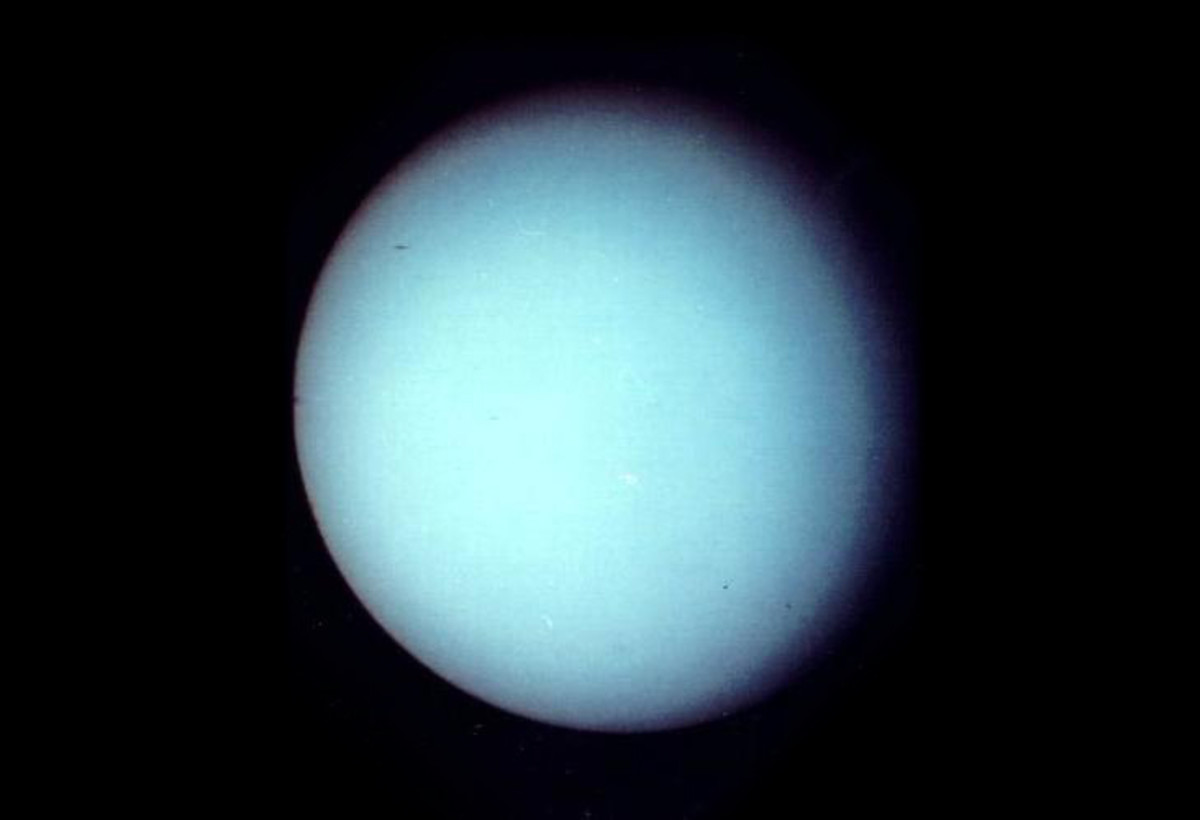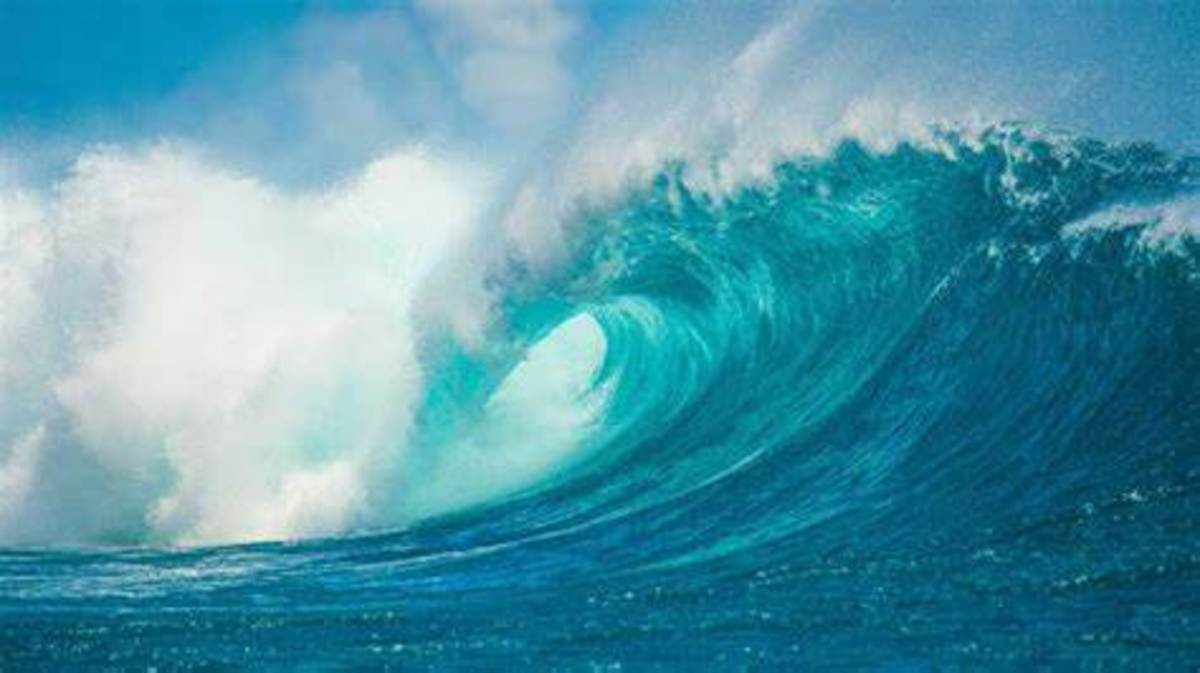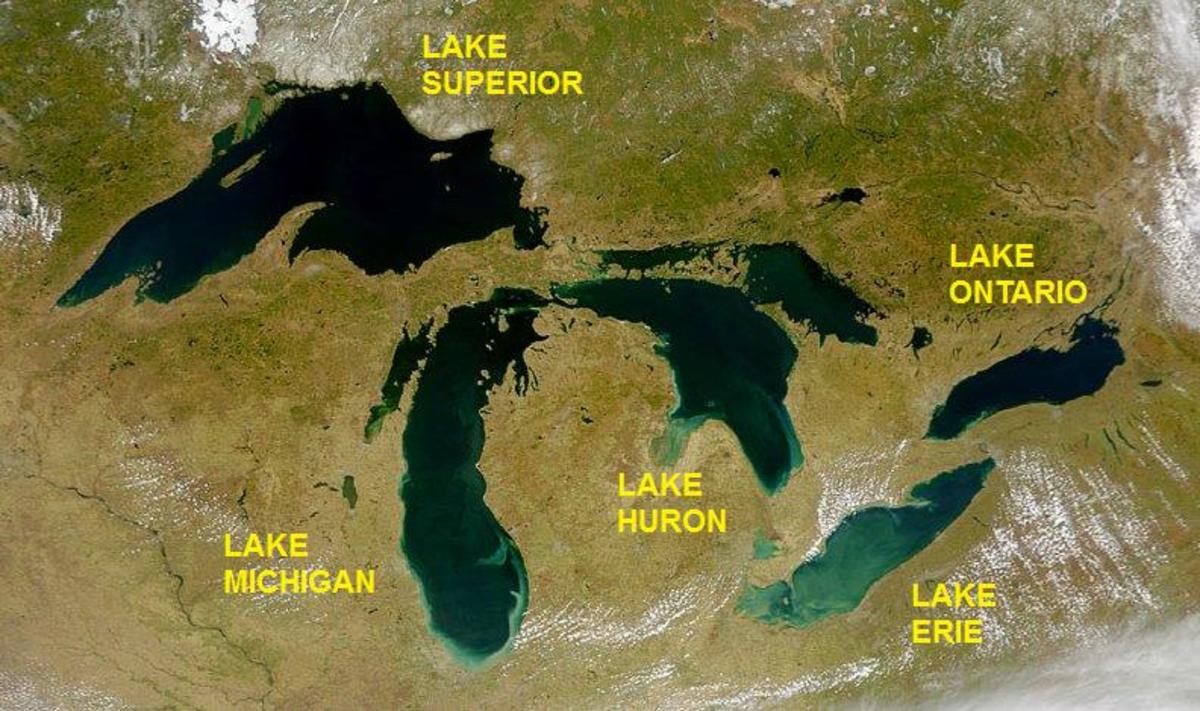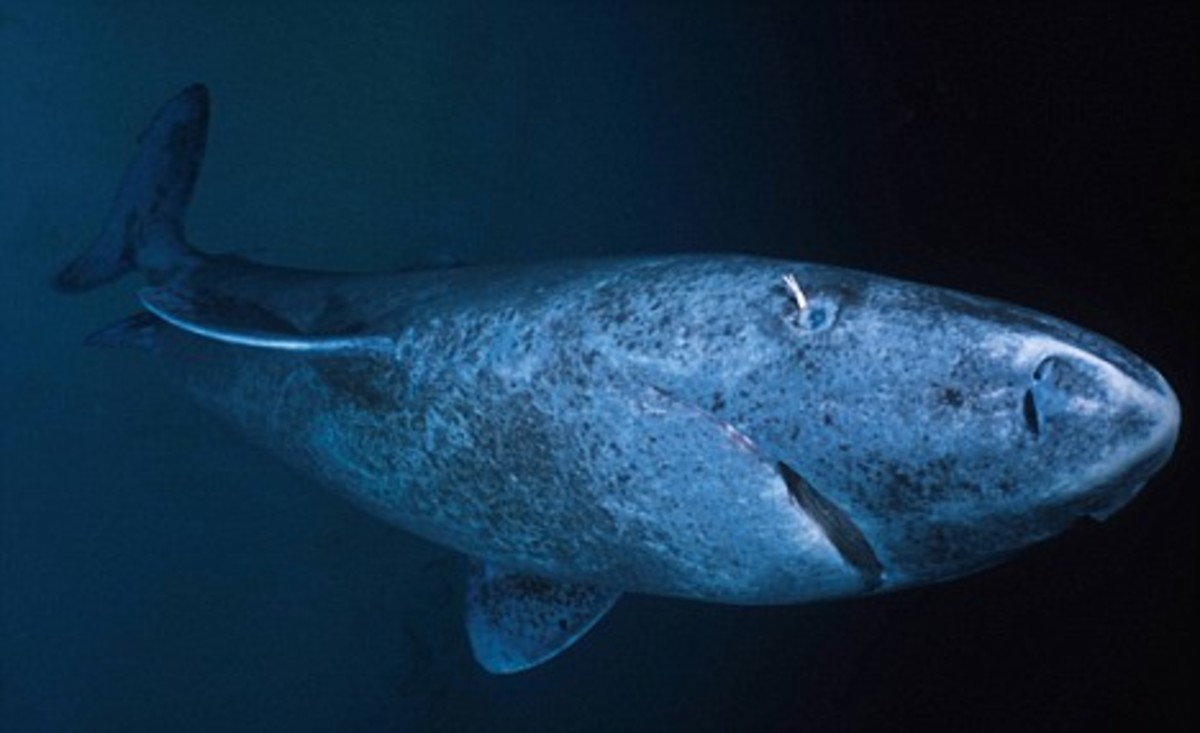Facts About Ocean
To define an ocean we can simply state that an ocean is a great of salted water. But this small definition does not explain the greatness of oceans that occupy the majority of earth’s surface. These oceans are huge and so deep that within it resides a whole different world which is far larger than the world we live on.
Many parts of this mysterious world are still unknown to man. From the outside ocean appears as a calm and cool surface of water that is constantly moving. Oceans have been used as a mean of travelling, fishing and a trade route between many countries for as long as man is living on this planet.
Total Area Occupied By Oceans On Earth
In total all the oceans on the earth constitute 71% of the earth’s surface. This means that they are spread over 40 million square miles or 362 million sq km the earth.
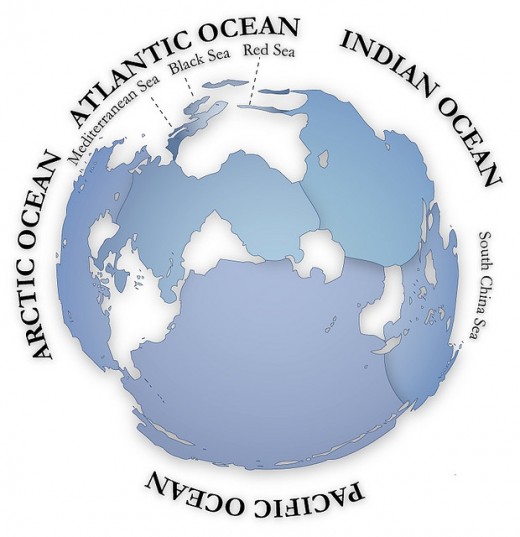
The Number Of Oceans On The Earth
In total there are four oceans on this planet. These oceans are: Pacific Ocean, Indian Ocean, Atlantic Ocean and Arctic Ocean.
The Pacific Ocean is the largest ocean amongst them all. It spreads almost 64 million square miles and surrounds mainly the Australian continent.
The term pacific means peaceful as the warm waters and the climate around the islands of this ocean is heavenly. But these calm waters can be rough at times.
The Indian Ocean surrounds the continents of Asia, Africa, Antarctica and Australia. This ocean connects the four continents and is the trade route between many countries of these continents. It spreads over 28 million square miles.
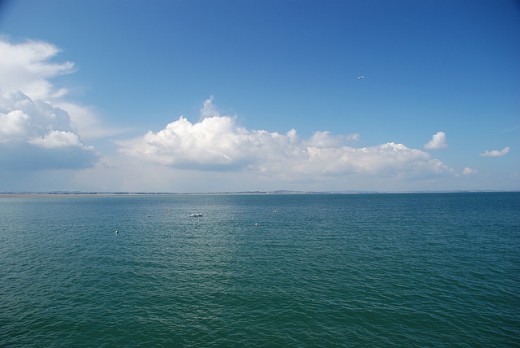
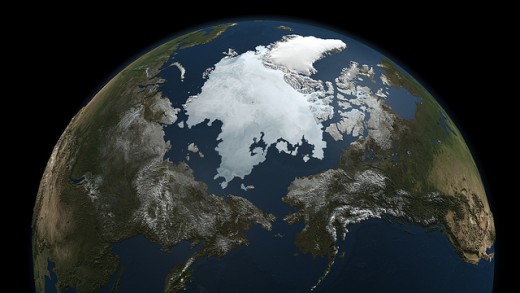
Life In the Oceans
- Oceans Creatures
Water covers 75 per cent of the earth's surface. For every square mile of dry land there are two and a half square miles of ocean surface.
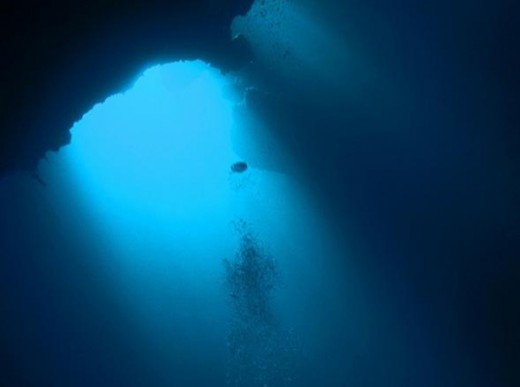
The Atlantic Ocean is perhaps the busiest ocean of them all. It connects the Americas, Africa and Europe. It is the trade route between the continents and is always full of cargo ships being carried around continent to continent. It spreads over 32 million square miles.
The Arctic Ocean is the smallest ocean of them all. Spreading over 5 million square miles this ocean is also the coldest ocean as it surrounds the arctic region which is the coldest on the earth.
The Depth Of Oceans
Oceans are extremely deep. The average depth of oceans is 12,200 feet or 3720m. The deepest point on earth is Mariana Trench in the western pacific. It is 36,198 feet or 11033m deep.
The Average Temperature Of Oceans
The temperature of oceans varies according to the distance with the latitude. It decreases as the water depth increases. On average the temperature of oceans is 3.8 degrees C or 39 degrees F.
The Different Zones Of Oceans
On the level of depth the ocean is divided into three zones. The first zone is the shallow water that surrounds the coast line on land. It is the water around the continental ledges. The shallow zone lasts till the depth of the ocean reaches 600 feet at maximum.
The Shallow zone can be used by humans for swimming as the front part is not that deep. Large fishes do not reside in the shallow zone. Mostly small fishes, phytoplankton and small crustaceans reside here.
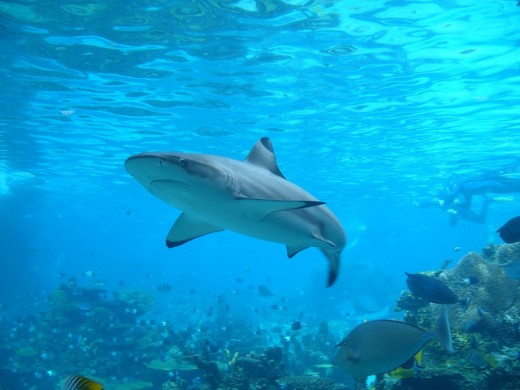
Endangered Sea Animals
- Marine Animals
Sad but true, that we humans are the biggest enemies of the nature that surrounds us. We with our actions are destroying the mother earth.
Coral Reefs
- Types Of Coral Reefs
Corals are small marine animals that secrete calcium carbonate exoskeleton for their protection. These calcium carbonate shells remain intact even when the animal dies out.
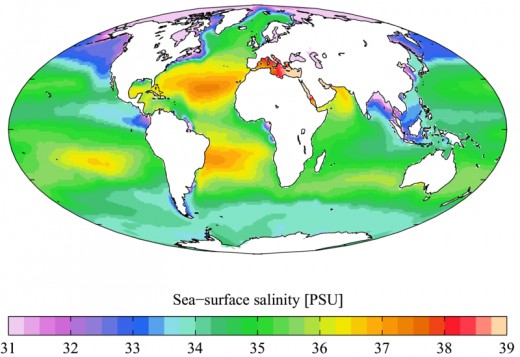
The shallow zone opens into the continental zone. In this zone the majority of the population of ocean resides. Sharks, some whales, echinoderms, mollusks, cnidarians, sponges and zooplanktons live in this zone.
The continental zone then opens into abyss which is the deepest part of the ocean. It can be 6000-18000 deep. Some parts of this abyss are still not explored by man.
These regions are dark cold and extremely dangerous. Not many animals with the exception of some whales, sharks and zooplanktons live in this zone.
The Ocean Waters
The ocean waters are saline and constantly moving. The salinity of water is at average 3% consisting of salts and minerals such as potassium, bromine, calcium and magnesium.
The water moves in currents in oceans just like in rivers. They carry warm water from the tropical regions and cold water from the north and the South Pole. That is why the average temperature of ocean water is 3-4 degrees C.
The water pulls up and down in the form tides twice a day every day. Tides are caused due to the gravitational pull of moon. Sun also plays its part in pulling the tides but majorly it is due to the pull of the moon. At the coast line the water may rise high causing waves.
Info About The Marine Biome
- Marine Biomes
The largest biome on the face of the earth is the Marine Biome. It is a fuel tank for the whole of earth. The tank is filled with water that gives life to the whole of the earth.

